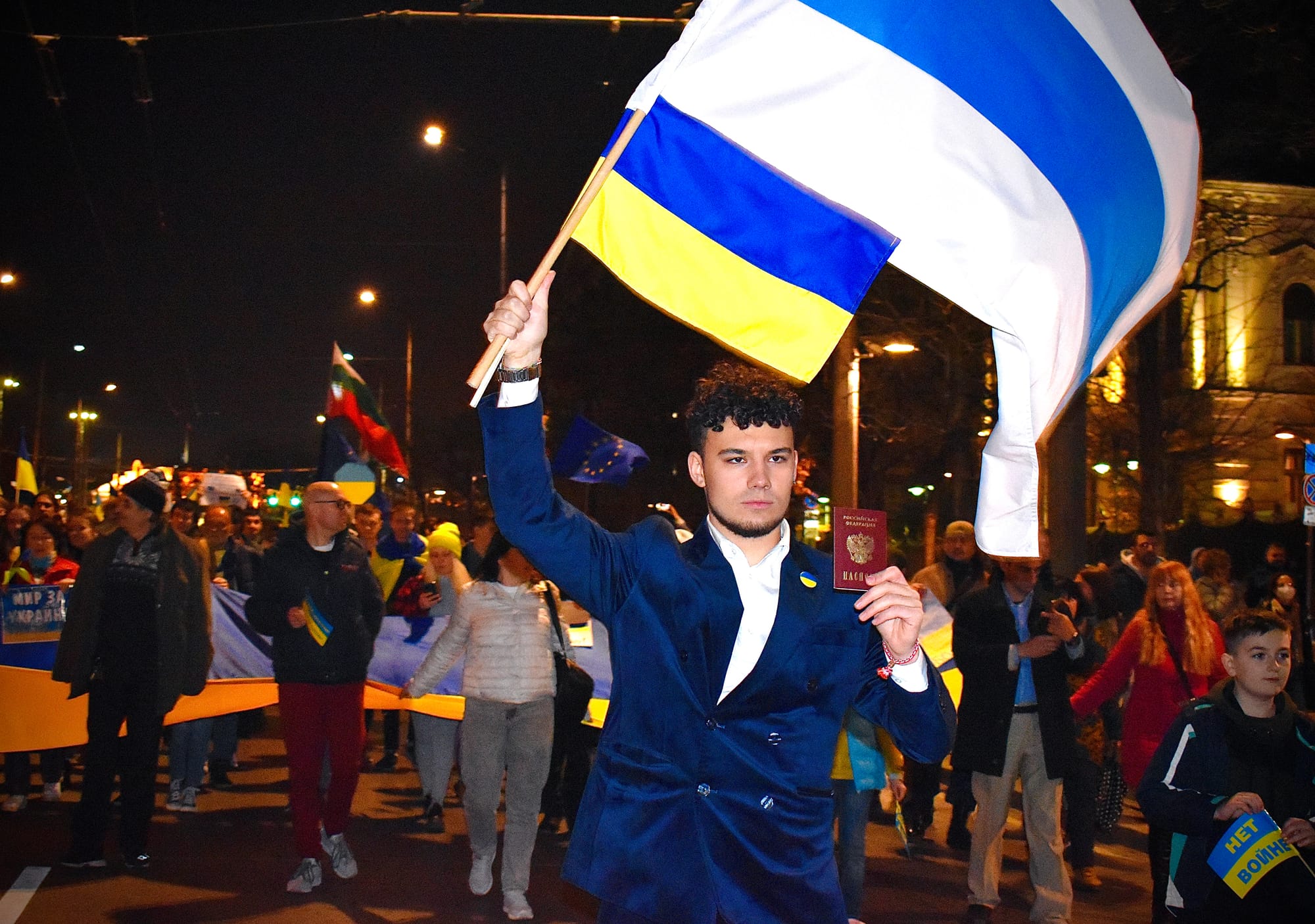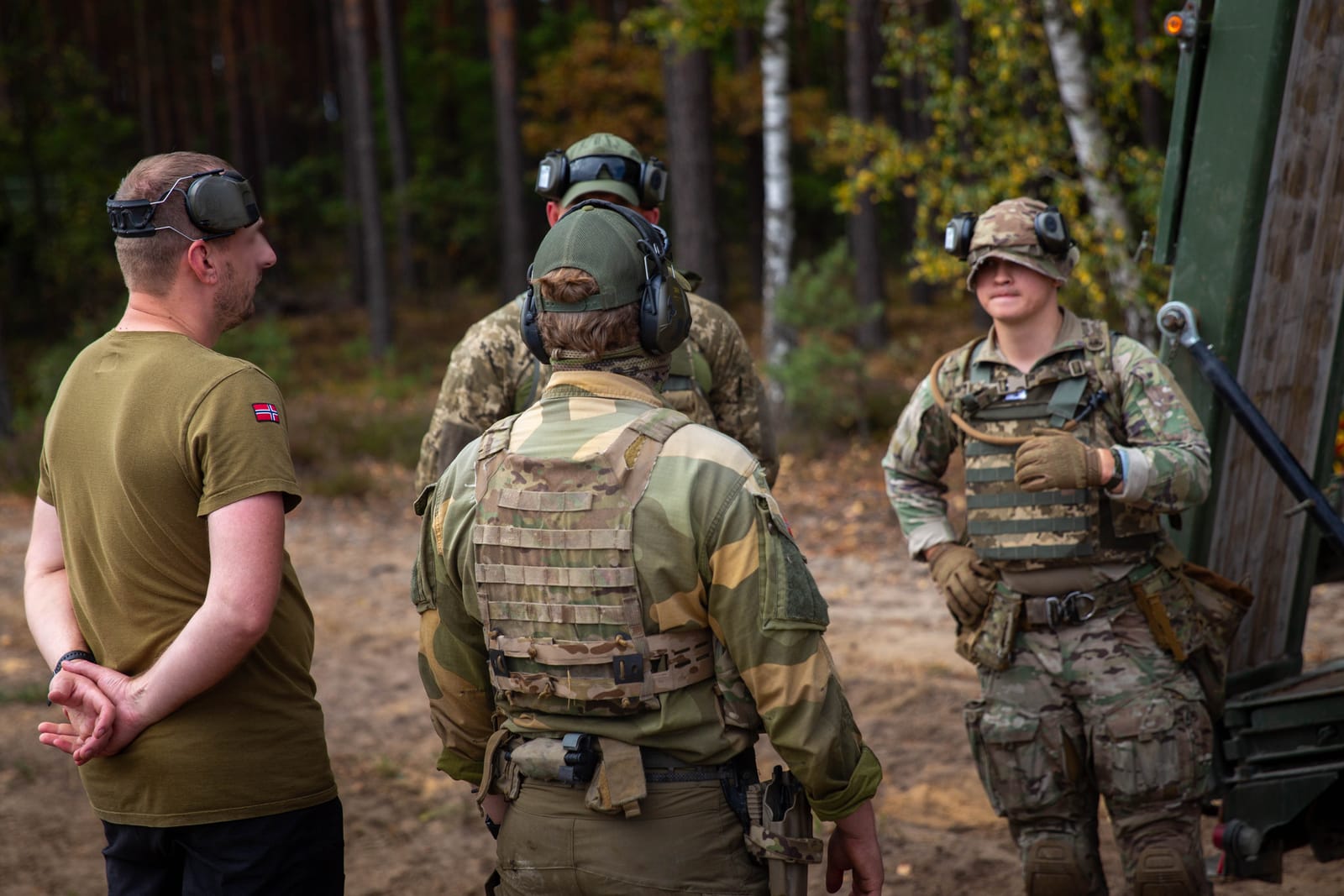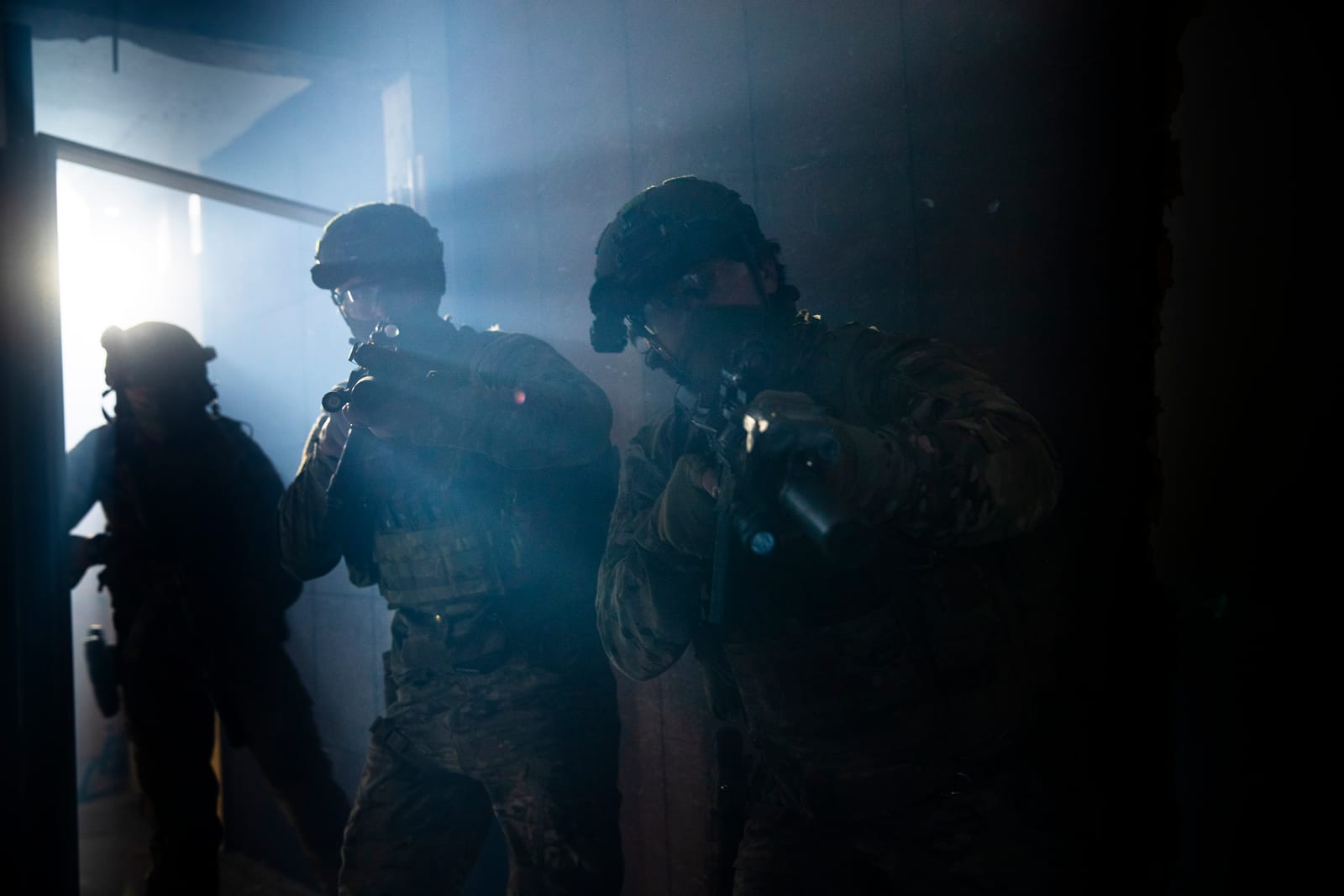The white-blue-white flag got attention soon after beginning of the invasion of Russian troops in Ukraine when it came to be used in anti-war protests in Europe and in former Soviet republics by Russian emigrants. The flag was created because it was necessary for Russian emigrants to distinguish themselves from protesting Ukrainians, and in such a way show that not all Russians are war-supporters.
It is not possible to determine exactly when the white-blue-white flag was used for the first time for this purpose, but it can be mentioned that the usage of this flag was proposed by Kaj Katonina (Кай Катонина) on 28th February 2022 (Медуза 2022). Probably the concept of the Russian’s flag with changed colors (the red color is replaced with white on the flag) was not the product of one person. The idea of similar flag was proposed even on a twitter-account “Звуки Рыб” (“Zvuki Ryb” – ”Fish Sounds”) the day before Kaj Katonina launched her project (ibid.). However, on the website dedicated to the white-blue-white flag, they ascertained that the flag is the result of collective creativity (Whitebluewhite.info 2022).
The symbolical meaning of the white-blue- white flag has a several different explanations. The choice of flag’s colors is explained on Whitebluewhite.info (2022) in several different ways. First of all, it is mentioned that the new flag is similar to the contemporary Russian flag, except the red stripe which became replaced with a white one. Because the red color on the contemporary Russian flag is associated, by the white-blue-white flag adherents, with the war and blood, its replacement represents the striving for peace with Ukraine, and demands respect for hu- man rights in Russia. The colors of the new flag, according to its creators, have the fol- lowing symbolic meanings: “The white color symbolizes peace, purity and prudence, azure blue is for truth and justice” (ibid.).
For the second, it mentioned that the white-blue-white flag reminds of the contemporary flag of Novgorod and the medieval flag of the Novgorod Republic. This state was the center of northern Russia and was the only democratic state formation during all of Russians history.
It mentioned even that the composition of the flag reminds of composition of the white- red- white flag of Belarus which is used by Belarusians opposition. In such a way, usage of the white-blue-white flag shows the solidarity with “the people of Belarus, who are also fighting against illegitimate government” (https://whitebluewhite.info/ 2022). The white-blue-white flag creators, despite the basic idea that reproduction of the flag should be as easy as possible, are recommend to use another shade of blue than that which is used on contemporary Russian flag. It highly recommends using the azure blue color similar the color which was used on the first version of the Russian flag between 1991 and 1993.
Supporters of the white-blue-white flag proclaim it to be “a symbol of the future Russia, which does not parasitize on the symbols of the past” and as the “flag of free Russia” which is freed from “associations with imperialism, militarism and authori- tarian leaders” (Whitebluewhite.info 2022). Kaj Katonina points out that the white- blue-white flag can be associated with the Russian’s paddy wagons colors too. But she does not see it as a problem. Instead, she says that this association can be compared with the cross which is a main symbol of the Christianity. In the same way as the tool of the Jesus Christ execution became the symbol of the religion, so can the symbol of state persecution be adopted by the opposition (The Village 2022).
It points out on Whitebluewhite.info (2022) that the white-blue-white flag should not be seen as a symbol of coming overthrow of the Putin regime. Instead, the flag should be interpreted as a “flag of peace and freedom” the tool for Russians abroad which help them to “express their anti-war stance and come out under a common banner” which is “not associated with the Putin regime” (ibid).
The symbol of the armed resistance
Despite the statement above, the white-blue- white flag became the symbol of the armed resistance movement against Putin too. This transformation came about through the adap- tation of the flag by the ”Freedom of Russia”- legion (Легион «Свобода России» / Легiон «Свобода Росiї») – which is the unit of the Armed Forces of Ukraine, formed in March 2022 which claimed to be consisting of the former Russian soldiers and officers captured in Ukraine, defectors who are willing to fight against Russian forces on the Ukrainian’s side with volunteers from both the Russia and Belarus. The legionnaires proclaimed as their goal not just defense of Ukraine but even liberation of Russia (Навальный LIVE 2022). On April 6th, 2022, the legionnaires got Ukrainian uniforms and unit’s patches. The patch with the white-blue-white flag is used by legionnaires as a nationality mark on their uniforms left sleeves above the patch with the department’s emblem. The ”Freedom of Russia”- legion’s Telegraph-channel de- fines the unit’s symbol (i.a. the white-blue- white flag) as a symbol of the “new Russia” (Легион «Свобода России» 2022).

Because of the white-blue-white flag’s strong anti-Kremlins character, the head of the committee on Safety and Anti-Corruption, Vasily Piskarev (Василий Пискарёв), sent an appeal to the Prosecutor General of the Russian Federation to ban this flag as an extremist symbol (Государственная Дума 2022) which probably will be done.
The white-blue-white flag and the narrative of the Novgorod Republic
Taking into account all this background information mentioned above, it seems most interesting that the usage of the white-blue-white flag has activated the narrative of the Novgorod Republic. The owner of the Twitter account “Звуки Рыб” explains that this kind of reference is particularly important during the ongoing war in Ukraine. That is because the usage of them shows one symbolic way that the rejection of encroachment on the Southern or Kievan Rus’ territory (i.e. Ukraine – V.I.), like the rejection of encroachment on any other territories which were included in the Russian Empire (Медуза 2022).
It should be pointed out that the narrative of the Novgorod Republic contains much more meaning than that mentioned above. The Republic, which existed in the North of Russia between 1136 and 1478, seems to be the only democratic formation in all Russian history. Despite the existing dispute regarding the reality of the existence of a democracy in Novgorod, it should be mentioned that it had developed some kind of governance procedures, which included participation of people from all social classes (“Вече” – “Veche” – “Town meeting”) that could both invite and dismiss the ruling prince.
It should also be mentioned that the Novgorod Republic, in contrast to the Southern-West Rus’ (which gradually became incorporated, first into the Grand Duchy of Lithuania, and after that into the Polish–Lithuanian Commonwealth), and the Vladimiro-Suzdalian principality (which gradually evolved into the Grand Duchy of Moscow) was never conquered by the Mongols during their invasion of Rus’ and was minimally affected by the Mongol yoke. Thanks to that, the Republic had the potential to rival the Grand Duchy of Moscow as a possible cultural and political center of Rus’. Seen in this light, the Novgorod Republic, until its fall in 1478 when Ivan III’s troops conquered the city and tore down the Veche bell, can be seen as the only part of the true Rus’ that preserved its primordial character.
According to A.V. Issatschenko’s thought experiment, the results of which were presented by him at the international Slavic Congress in 1958, the concept of Moscow as the third Rome was nearly impossible in the almost democratic Novgorod Republic. In such a way, if Novgorod instead of Moscow had become the center of power, the history of Russia would have taken a different direction. As a result, Russia would never have isolated itself from the rest of Europe, and such ideological tendencies as renaissance and humanism would have influenced the development of the country at the same time as they influenced the rest of the European countries (Nuorluoto 2012, 51). Thus, according to this narrative, if the Novgorod Republic had taken Moscow’s place in Russian history, the outcome would be different from contemporary Russia. Authoritarianism, backwardness, and imperialism would be inorganic to this model of Russia’s alternative present.
In this way, the Novgorod Republic becomes, in this narrative, not just a pure and real Rus’, but even the embryo of an alternative model of Russia, an embryo that was destroyed by authoritarian Moscow in 1478. Seen in this light, the usage of the Novgorod Republic’s narrative (or mythologeme) can be seen as an attempt to return to this point of origin after which the history of Russia took the wrong path, excluding the country from Pan-European development and transforming it from an integrated part of Europe into its antipode.
The three main Russians narratives
In such a way this narrative is quite different from the other three main narratives used alternately or simultaneously in Russian historiography and political discourse. Those three narratives are “Moscow as the third Rome,” “Russia as heir of the Genghis Khan,” and “Russia as the true Europe.”
The first narrative appeals to Russia’s Byzantine heritage and in such a way connects modern Russia with not just a Byzantine but even with the Roman empire. This theological and political concept has resulted in an adoption and application of messianic and eschatological mindsets, both to the Russian state and the Russian ruler. Bodin (1987:22) points out that the state culture of Byzantium perceived the emperor as an icon which personified not only the imperial title as such, but Christ as well. This perception contributes to the ritualization of power. In such a way, applying Russia together with other ideas belonging to the Byzantium heritage, this tradition has survived until today. It has survived not only the collapse of the Russian empire, but also communism, and the collapse of the Soviet Union. This perception of power is the steel shaping the political discourse on contemporary Russia.
The second narrative describes Russia as heir of the Genghis Khan and depicts it as a multi-ethnic and multi-confessional power existing on nearly the same borders as the Mongol Empire. According to this tradition, Russia appears as some kind of super-ethnos, or as some kind of Eurasian civilization quite different from both the European and Chinese super-ethnos. If sacralizing power is the main point of the first mentioned narrative, sacralizing territory should be seen as a point of the second one. It is really interesting to note that this narrative is used even by Ukrainians when they talk about contemporary Russia. The Russian military forces are named in Ukrainian media as a “horde,” and the ongoing war in Ukraine has already been characterized (for example by the Russian opposition politician Леонид Гозман / Leonid Gozman) as “the last battle between Kievan Rus’ and Golden Horde” (Дом 2022).
The last narrative refers to Peter the Great and his attempt to modernize and Europeanize the country. Russia, as a diligent student, became in the short term a part of Europe and even more – Russia became the true and pure Europe. According to this narrative, Russia became the only country that saves true European values, while the rest of Europe is in the process of losing them. Seen in this light, Russia is depicted as the only state with the power to resist the moral decay that afflicts the Old World, and in such a way even as a country that can protect the rest of it from degradation. This concept is quite near the concept of Katechon (from Greek: ”ὁ κατέχων” – ”the one who withholds”), which paradoxically enough is used as an ideological basis for a new wave of militarization and anti-Western sentiment.
All narratives mentioned above have been relevant in the ideological vacuum that arose after the collapse of the Soviet Union. The first years after its breakup did not result in the birth of a new liberal ideology. Instead, an ideology-less society was proclaimed. This, in combination with a longing for some kind of meaningfulness and disgust for the shocking attempt to liberalize the Russian economy, paved the way for old narratives, which in turn were adapted to the post-Soviet reality.
The Symbol of the new Russia?
In the current situation, like in the beginning of the 1990s, it seems that the last years’ development of the country led Russia in the wrong direction, it became necessary to find both a new ideology and a point of origin to return to, which could repair the dramatic present in Russia. This alternative ideology also requires new symbols. It is not possible to foresee what the ideology and symbols should be like in the future. But, however, created (i.a.) by transgender Kaj Katonina, used by Russian emigrants on anti-war protest actions and by formed Russian soldiers fighting on the Ukrainian side, the white-blue-white flag stands for something completely different than what the official and non-official symbols used by the Russian government stand for. The same can be said also about the narrative lying behind this symbol. It seems to be that this narrative can be a perfect historiographic basis for a new liberal ideology which can be adopted in Russia, and which can make rivalry to the three imperial narratives widespread in the contemporary political discourse.
References
Bodin, Per-Arne: Världen som ikon, ARTOS, 1987.
Nuorluoto, Juhani: De slaviska standardspråkens framväxt: idéhistoriska och språksociologiska kontexter och koncept, Institutionen för moderna språk, Uppsala universitet, Institution för moderna språk, 2012.
“Я придумало бело-сине-белый флаг”, The Village, 2022-03-16, https://www.the-village.ru/city/opyt/ bsb-flag?from=infinite_scroll.
“Flag of the Wonderful Russia of the Future A symbol of freedom and peace”, Whitebluewhite.info, 2022,
https://whitebluewhite.info/english.
Алексеев И: “Война» алой и белой полос. Эмигранты спорят о флаге России”, BOTAK, 2022-03-15,
https://vot-tak.tv/novosti/15-03-2022-flag-rossii/.
Государственная Дума: “Василий Пискарев направил в Генпрокуратуру обращение о запрете бело- сине-белого «флага России» как экстремистской символики”, 2022-03-31, duma.gov.ru/news/53912/.
Дом: “Это последняя битва Киевской Руси с Золотой ордой: интервью с российским оппозиционным политиком Гозманом”, 2022-04-06, https://kanaldom.tv/eto-poslednyaya-bitva-kievskoj-rusi-s-zolotoj- ordoj-intervyu-s-rossijskim-oppoziczionnym-politikom-gozmanom/.
Легион: “Свобода России”, 2022, https://t.me/legionoffreedom.
Медуза: “У антивоенного движения появился новый символ протеста — бело-сине-белый флаг.
«Медуза» рассказывает, кто и зачем его придумал”, 2022-03-14, https://meduza.io/feature/2022/03/ 14/u-antivoennogo-dvizheniya-poyavilsya-novyy-simvol-protesta-belo-sine-belyy-flag-meduza-rasska- zyvaet-kto-i-zachem-ego-pridumal.
Навальный LIVE: Брифинг Легиона «Свободы России»: «В Украине происходит настоящий геноцид»,
YouTube, 2022-04-06, https://www.youtube.com/watch?v=17AbbpeHEc4.
Photo: Wikimedia commons





